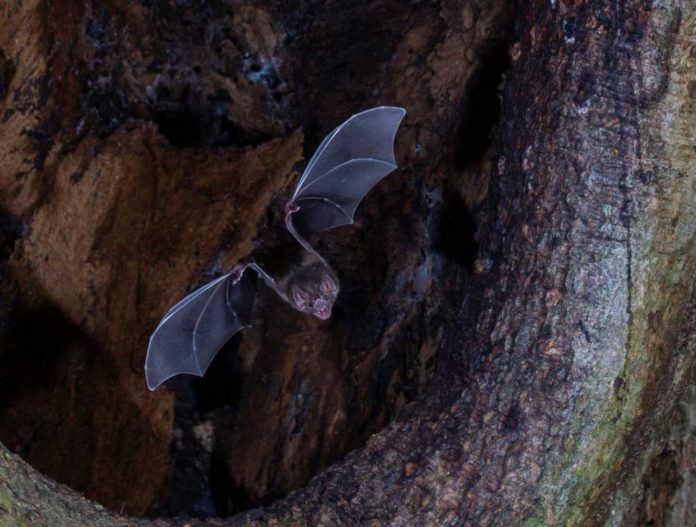In human, the sense of smell is developed by olfactory epitheliums-a a single flat sheet lining the roof of the nasal cavity. Now, scientists at the Stony Brook University have made a groundbreaking discovery by quantifying olfactory receptors by sequencing them in vampire bats may hold the key to unraveling the mysteries of smell.
The vampire bat relies on its sense of smell to find its prey and has a comparable number of olfactory receptors to humans (approximately 400). Thus, scientists selected the vampire bat to compare different ways to sequence olfactory receptors.
They compared different methods to get the DNA sequences of olfactory receptor genes using the vampire bat genome. The methods ranged from traditional polymerase chain reaction (PCR) and cloning to newer technologies to probe sequences of bat olfactory receptors.
They discovered that an approach called “targeted sequence capture,” which involves the researchers to design generic “search” motifs that “bait” olfactory receptors. This makes for quick and efficient sequencing of the olfactory receptors.
The method enables scientists to discover a fast and cost-effective approach to find up to 90 percent of the genes involved in smell. The technique also found almost four times the amount of intact olfactory receptors, as was previously reported in published works.
Laurel Yohe of Stony Brook University said, “The comparison study changes our interpretation of what constitutes a good smeller. Our method makes it feasible to probe the DNA behind the sense of smell, across hundreds of species and thousands of genes, which may ultimately illuminate some of the mysteries behind the sense of smell.”
The study is published in the journal Molecular Ecology Resources.
